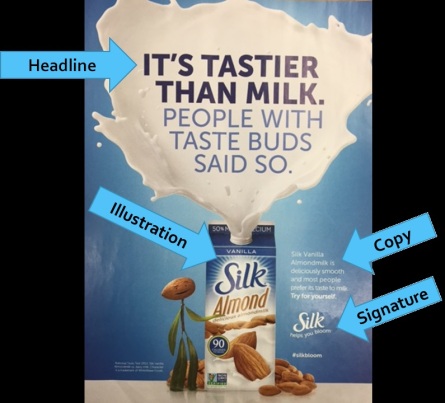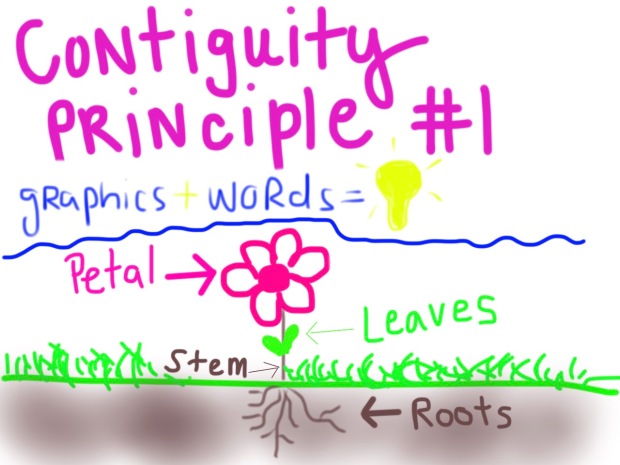As a high school marketing teacher, there are many ways that I can utilize technology in the classroom, however, I would specifically like to incorporate more e-learning strategies for the Advanced Marketing course that I teach. Currently, the students are assigned to complete business/marketing article reviews with current events. They read the article and write up a summary, include key marketing terms that are mentioned, discuss the seven functions of marketing that are displayed, and reflect on how they will use the information for future jobs or business opportunities.
In order to incorporate e-learning strategies and activities in my advanced marketing class, I would like the article reviews to become more collaborative. Students will still read business/marketing related articles, but instead of writing the article reviews and turning them in, they can post them on their own blog site, such as EduBlogs. Students in the class will then be assigned to read three of their classmates’ article reviews and post comments with feedback and questions for the student that wrote the post. This will allow for a more reflective practice, interactive learning, and better exposure to what is currently happening in the business world. In addition to the collaboration, it will allow for submission of the assignment online, rather than on paper, which will invite instructor feedback.
Although this sounds like a simple implementation in a high school course, there are still challenges that could arise. One challenge would be teaching high school students to navigate and use EduBlogs. This would be new to many students, so I would need to make sure to thoroughly explain how to go about creating posts, how to reply to others, what is expected in each post, how to collaborate, etc.
Another challenge would be monitoring collaborations to make sure that students are following proper netiquette in what they are posting and commenting. EduBlog is a great blog site to do this, because the features allows the instructor to preview comments before they are posted. In addition, students would need be taught how to properly respond and respectfully disagree online.
A final challenge of implementing blog posts for article reviews would be assisting the students that can become easily distracted online. When using laptops and having the freedom to search for articles, students tend to wander to other websites, games, etc. A way to overcome this challenge would be to make sure that I am not only monitoring them as they work, but also setting deadlines for posts, and comments to classmates. Since this is a junior/senior level class, I think it is also important to communicate the expectations and hold them to a high standard. As business/marketing students, they are going to soon be out on their own in the business world, and need to learn how to be self-sufficient and responsible.
I think that incorporating this e-learning strategy into my advanced marketing class will have numerous benefits. Not only will it allow for students to continue to learn about current business/marketing happenings in the real world and apply their marketing knowledge, but they will also be able to collaborate with their classmates by reading their articles as well. This will broaden the students’ marketing knowledge, encourage them to interact with their peers though feedback and reflective practice, and allow the instructor to provide meaningful feedback and guidance. I am looking forward to implement this strategy into my advanced marketing curriculum and I know that this is just one small change that I can make to utilize technology and e-learning in the classroom.

